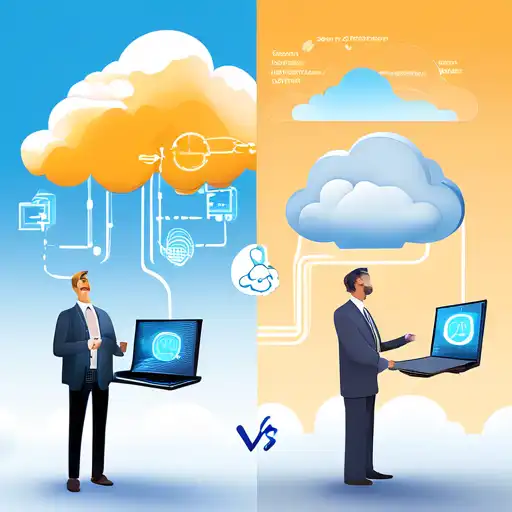Edge Computing vs Cloud Computing: Unveiling the Differences
In the rapidly evolving world of technology, understanding the distinctions between edge computing and cloud computing is crucial for businesses and individuals alike. Both technologies play pivotal roles in data processing and storage, but they cater to different needs and scenarios.
What is Edge Computing?
Edge computing refers to the processing of data near the source of data generation, rather than relying on a centralized data-processing warehouse. This approach minimizes latency, reduces bandwidth use, and enhances response times for critical applications.
What is Cloud Computing?
Cloud computing, on the other hand, involves the delivery of computing services—including servers, storage, databases, networking, software, analytics, and intelligence—over the Internet ('the cloud') to offer faster innovation, flexible resources, and economies of scale.
Key Differences Between Edge and Cloud Computing
While both edge and cloud computing are integral to modern IT infrastructures, they differ significantly in several aspects:
- Latency: Edge computing significantly reduces latency by processing data closer to the source, unlike cloud computing, which may involve data traveling long distances to centralized servers.
- Bandwidth: By processing data locally, edge computing reduces the need for constant high-bandwidth connections, a requirement often associated with cloud computing.
- Security: Edge computing can offer enhanced security for sensitive data by limiting its exposure to the broader internet, whereas cloud computing requires robust security measures to protect data in transit and at rest.
- Scalability: Cloud computing provides unparalleled scalability options, allowing businesses to easily adjust resources according to demand. Edge computing, while scalable within its local environment, may require additional infrastructure to scale broadly.
Choosing Between Edge and Cloud Computing
The choice between edge and cloud computing depends on specific business needs, including the importance of latency, bandwidth availability, data sensitivity, and scalability requirements. Often, a hybrid approach that leverages both technologies offers the most balanced solution.
Future Trends in Edge and Cloud Computing
As technology continues to advance, the lines between edge and cloud computing may blur, with innovations like edge-cloud convergence offering the best of both worlds. Businesses should stay informed about these trends to make strategic decisions about their IT infrastructures.
In conclusion, both edge computing and cloud computing have their unique advantages and challenges. Understanding their key differences is essential for leveraging the right technology to meet specific needs and drive innovation in an increasingly digital world.
